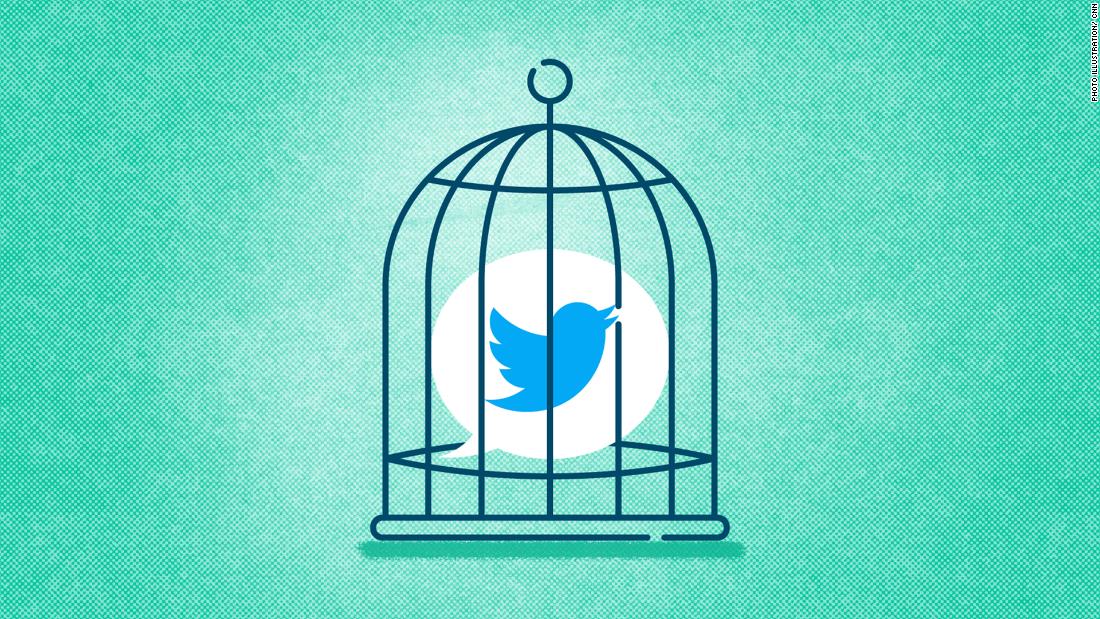
Twitter said it has acknowledged receipt of the notification and sought “formal dialogue” with the Indian government.
“The safety of our employees is a top priority for us at Twitter,” a company spokesperson told CNN Business. “We remain committed to the government of India from a position of respect,” added the spokesman.
The Indian government did not respond to multiple requests for comment.
Who blinks first?
With over 700 million internet users, India is a huge and important market for global technology companies, albeit an increasingly precise market as the government led by Prime Minister Narendra Modi seeks to tighten its grip on the internet and social media.
“The shrinking space for civil society is mirrored by censorship and anti-democratic regulatory measures to censor users of their right to freedom of expression,” said Thenmozhi Soundararajan, executive director at advocacy group Equality Labs. “It is time for the world to understand how much is currently at stake and for US companies such as Twitter and Facebook to take action before it is too late.”
Twitter appears to be holding out against the Indian government for now by keeping the accounts active.
“We review any report we receive from the government as soon as possible, and take appropriate action with respect to such reports, while ensuring that we adhere to our fundamental values and commitment to protect the public conversation,” said the spokesman from the company. “We strongly believe that the open and free exchange of information has a positive global impact, and that the tweets should keep flowing.”
But if the government chooses to live up to its threats or further escalate the situation, Twitter has few good options.
“There are two main risks: the first is for Twitter employees in India, who may be at risk if the company fails to comply,” said Jillian York, director of Freedom of Expression at the Electronic Frontier Foundation.
The second risk is that Twitter will continue to decline and be blocked in India. While this may be the correct moral outcome, it is obviously not the best outcome for the Indian population, many of whom rely on social media to spread important messages about what. happens on the ground, ”she added.
Threading the needle
While Twitter and the Indian government are at an impasse, both sides also face external scrutiny.
“Jack has shown in the past that he can lead the way with his values,” said Soundararajan, referring to Twitter CEO Jack Dorsey.
“The fundamental problem is consistency … are they able to do the same kind of contextual analysis that they did on QAnon messages, hydroxychloroquine messages and Trump’s inducement?” said David Kaye, a law professor at the University of California, Irvine, who previously served as the United Nations’ Special Rapporteur on the promotion and protection of the right to freedom of opinion and expression. “India is a really great example of how difficult that is.”
“I think there is still a risk to Modi in particular that it doesn’t seem to be able to deal with basic democratic principles such as the right to peaceful assembly, the right to protest, the right to criticize, and so on,” Kaye said . “I think it will be interesting to see if the Biden government and other governments that are friends with India but are in the democratic camp are really encouraging the government to take a different approach here.”
– Manveena Suri and Esha Mitra from CNN contributed to this report.
